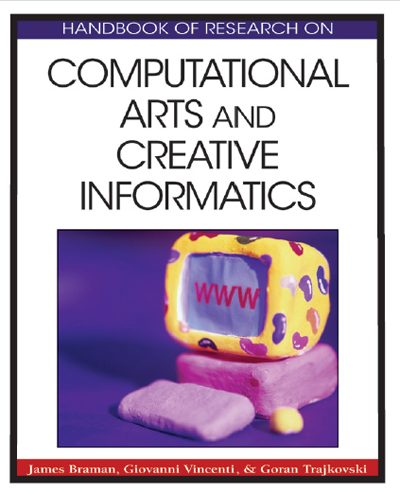Ambivalent Interplay
May 15th, 2009
Categories: Multimedia, Sound Art, Video / Film, Visualization, VR Art, Web Art

About
EVL MFA candidate, Heejoo Kim contributes a chapter to the Handbook of Research on Computational Arts and Creative Informatics exploring digital media and interactive communication.
Abstract
The human vision, the most ubiquitous receptor of the human senses, has been the prevailing sensory organ for a noticeable manifestation of visual arts. Nevertheless, in the aspect of new technology art, the embodied experience through senses dismantled and amalgamated in hybrid aspects. Explicitly, new media artists perceive that interactive technology is evolving rapidly in such a short period of time. Rather than engaging in technology more interactively, however, it seems they are scrutinizing the subsequent progression of the phenomenon in interactive art. Artistic experiments have predominantly been transferred through the human sensorium in interlaced approaches: touch, sight, smell and hearing have synesthetic qualities in their interactive connections in between works and viewers. Recently digital art performs in multi sensory forms of knowing and communicating. There are investigating perceptual and emotional mechanisms of involuntary synesthetic experiences. This artistic phenomenon is not only historically intriguing, but may also contribute to present synesthesia research. The functions and interrelations of the synesthetic approaches in new media arts and neurological researches are discussed separately.
“Technology is here to stay. It has shaped events in the past and will clearly continue to shape the future. Through this handbook we are addressing novel concepts from creation, interaction, communication, to the interpretation and emergence of art through various technological means and media.” - James Braman, Towson University, USA
Handbook of Research on Computational Arts and Creative Informatics
Edited by: James Braman and Giovanni Vincenti, Towson University; and Goran Trajkovski, Laureate Education Inc.